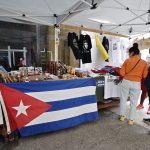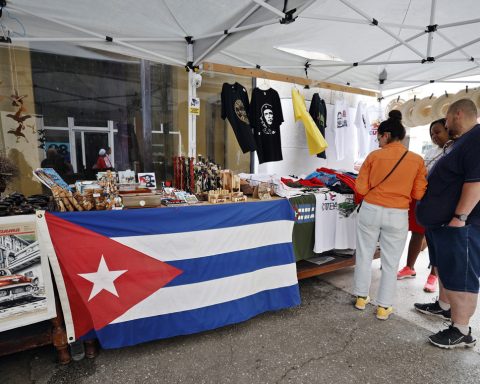The Nicaraguan economy has recovered in the last two years, mainly due to an increase in the value of exports and a new record in the receipt of remittances from emigrants, the Central Bank of Nicaragua reported this Friday.
The head of the issuing bank, Ovidio Reyes, said in a written statement that Nicaragua ended 2022 with “its second year of economic growth, after the (covid-19) pandemic” and that it is heading “to a third year of continuity of that economic growth.
Nicaragua projects a growth of between 3.5% and 4.5% of the gross domestic product (GDP) in 2022, the second consecutive year of growth (10.3% in 2021) after three 3 years of closing with a balance red, with inflation between 10% and 11%, according to the Central Bank.
Related news: Nicaragua again exceeds its record of remittances received from emigrants
The official explained that “Nicaragua has very solid foundations” and that “an important strength is the export sector, which has been the spearhead of the recovery, of the funding of the economy” in the last two years.
He maintained that Nicaragua became a country with an exporting and open economy.
“Our GDP is around 14,000 million dollars (14,013.7 million by 2021). So, 8,000 million only in exports, it is an important structural change, ”he stressed.
To the 8,000 million in exports, the official added 3,000 million in family remittances, 1,500 million in foreign direct investment, and 500 million in tourism, to total 13,000 million in income for the country “against a GDP of 14,000 million dollars,” he stressed. .
Nicaragua received 2,887.8 million dollars in remittances from its emigrants between January and November 2022, a new record, according to data from the Central Bank.
Those 2,887.8 million dollars received as family remittances last November represent 20.6% of Nicaragua’s GDP.
Therefore, according to the head of the Central Bank, Nicaragua is heading towards its third year of economic recovery and predicted that, in the medium term, the economy will grow a minimum of 4% per year.
Related news: Increase in remittances reflects the “inability to survive” in Nicaragua
In 2023, the Government foresees a growth of between 3% to 4% of its economy, with inflation of between 5% to 6%.
The Nicaraguan economy contracted by an average of 3% per year in the 2018-2020 period.
GDP decreased by 1.8% in 2020, as a result of the covid-19 pandemic and the damage caused by hurricanes Eta and Iota, in November of that year, according to the monetary authority.
In 2019 it fell 3.8% and 3.4% in 2018, due to the sociopolitical crisis that has affected the country for 57 months, according to the issuer.


















